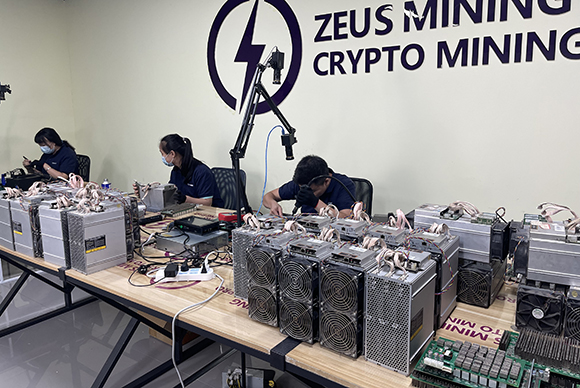


Triode, the full name should be semiconductor triode, also known as a bipolar transistor, crystal triode, is a kind of semiconductor device that controls current. Its function is to amplify the weak signal into an electrical signal with an enormous amplitude value, which is also used as a contactless switch. The triode is an electronically amplified vacuum tube (or British valve), which consists of three electrodes in an evacuated glass enclosure: a heated filament or cathode, a grid and a plate (anode).
The triode is one of the essential semiconductor components, which has the function of current amplification and is the core component of the electronic circuit. The triode is made of two PN junctions very close to each other on a semiconductor substrate. The two PN junctions divide the whole semiconductor into three parts. The middle part is the base area, and the two sides are the emitter area and the collector area. The arrangement is PNP And NPN two kinds.
The transistor has the function of current amplification. Its essence is that the transistor can control the significant change of the collector current with a slight change of the base current. It is the most basic and essential characteristic of the triode. We call the ratio of ΔIc/ΔIb the current amplification factor of the transistor, which is represented by the symbol "β." The current amplification factor is a fixed value for a certain triode, but it will also change with the change of the base current when the triode is working.

